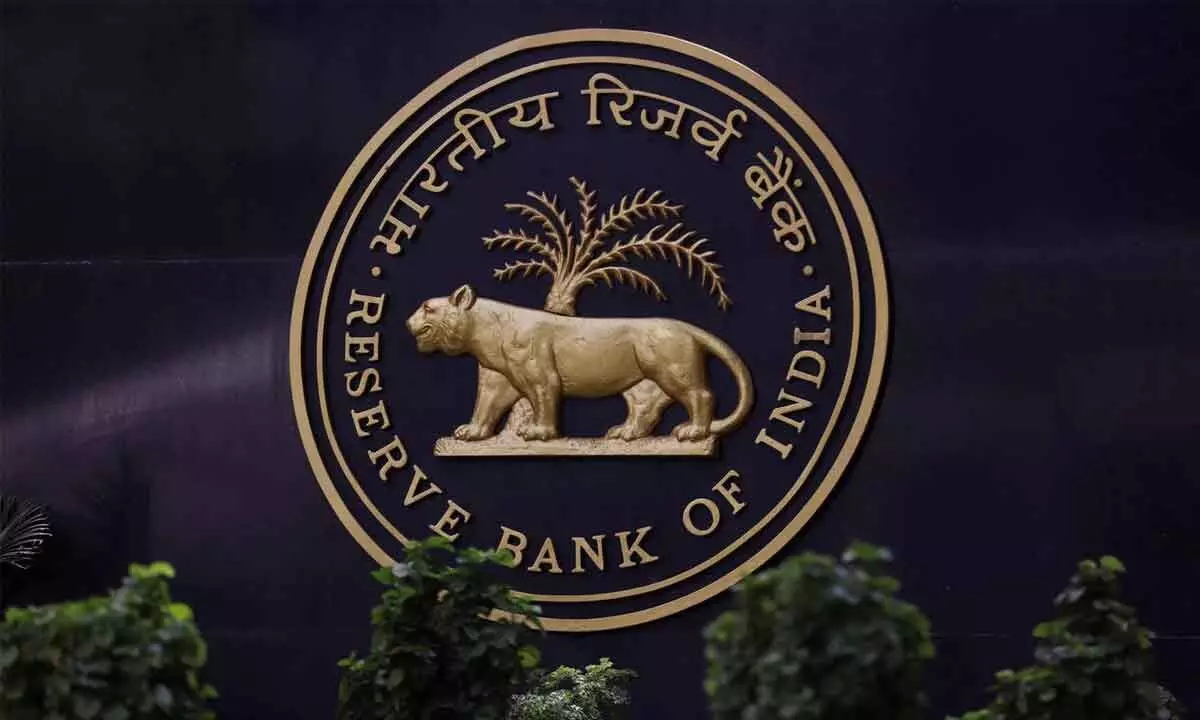RBI’s regulatory steps can be termed as counter-cyclical measures
image for illustrative purpose

The RBI Governor Shaktikanta Das has unequivocally flagged the risk of asymmetric and accelerated growth picking pace in certain components of consumer credit in the last policy statement. The central bank implemented a 25 per cent increase in the risk weight on consumer loans issued by banks and non-banking financial companies. This is an attempt to send out a strong message of addressing any incipient financial stability risks in the system as such risks are coincident indicators. Thus proactively managing such seems the best policy option rather than managing delinquencies (if any) post occurrence of events. These measures are in continuity with the tilt towards an Expected Loss (EL) driven stress recognition system for regulated entities and RBI’s recent move to subject 15 Upper Layer NBFCs to greater regulatory scrutiny. Interestingly, the risk weights in respect of consumer credit exposure of commercial banks (outstanding as well as new), including personal loans (but excluding housing loans, education loans, vehicle loans and loans secured by gold and gold jewellery) has been increased by 25 percentage points to 125 per cent. Similarly, consumer credit exposure of NBFCs also got increased to 125 per cent. Regarding credit card receivables, the risk weights increased to 150 per cent. Of course, RBI reduced the risk weight on consumer credit (excluding credit card receivables) to 100 per cent from 125 per cent in September 2019. So, it should be read as some sort of déjà vu, restoring the status quo ante of 2019, for the fortification of the system.
According to the latest research report from SBI’s Economic Research Department, the banking industry needs Rs. 84,000 crore of excess capital, a five per cent increase on Rs. 15.2 trillion capital requirement of banking system approx /55-60 bps increase in CRAR due to these regulatory measures. The RBI circular will also impact consumer loans, in general, but excluding housing loans, education loans, vehicle loans and loans secured by gold and gold jewellery. Filtering out the exclusions, the trends in consumer credit shows that it was growing at 25 per cent-plus since May 2022. The share of these loans impacted by RBI circular (Rs. 14.8 lakh crore) to total outstanding loan (Rs. 151.5 lakh crore) is only around 9.8 per cent in September’23. The impacted portion of the personal loans category is only close to 31 per cent of the total personal loans (Rs 48.3 lakh crore), according to the SBI study.
It may be recalled here that during October 2008 to April 2009, in order to mitigate the adverse impact of the global financial crisis on the economy, RBI had aggressively eased the monetary policy. During this period, prudential norms were also relaxed in a counter-cyclical fashion, again mainly following a sectoral approach. The relaxations focused primarily on real estate and NBFC sector as these were the segments which had been most severely hit due to the downturn. The current regulatory steps taken by RBI may, therefore, be termed as counter-cyclical measures as these types of actions refer to the measures (both monetary and fiscal) that stabilize the business cycle by reining in economic activity during booms and bolstering it during downturns.

